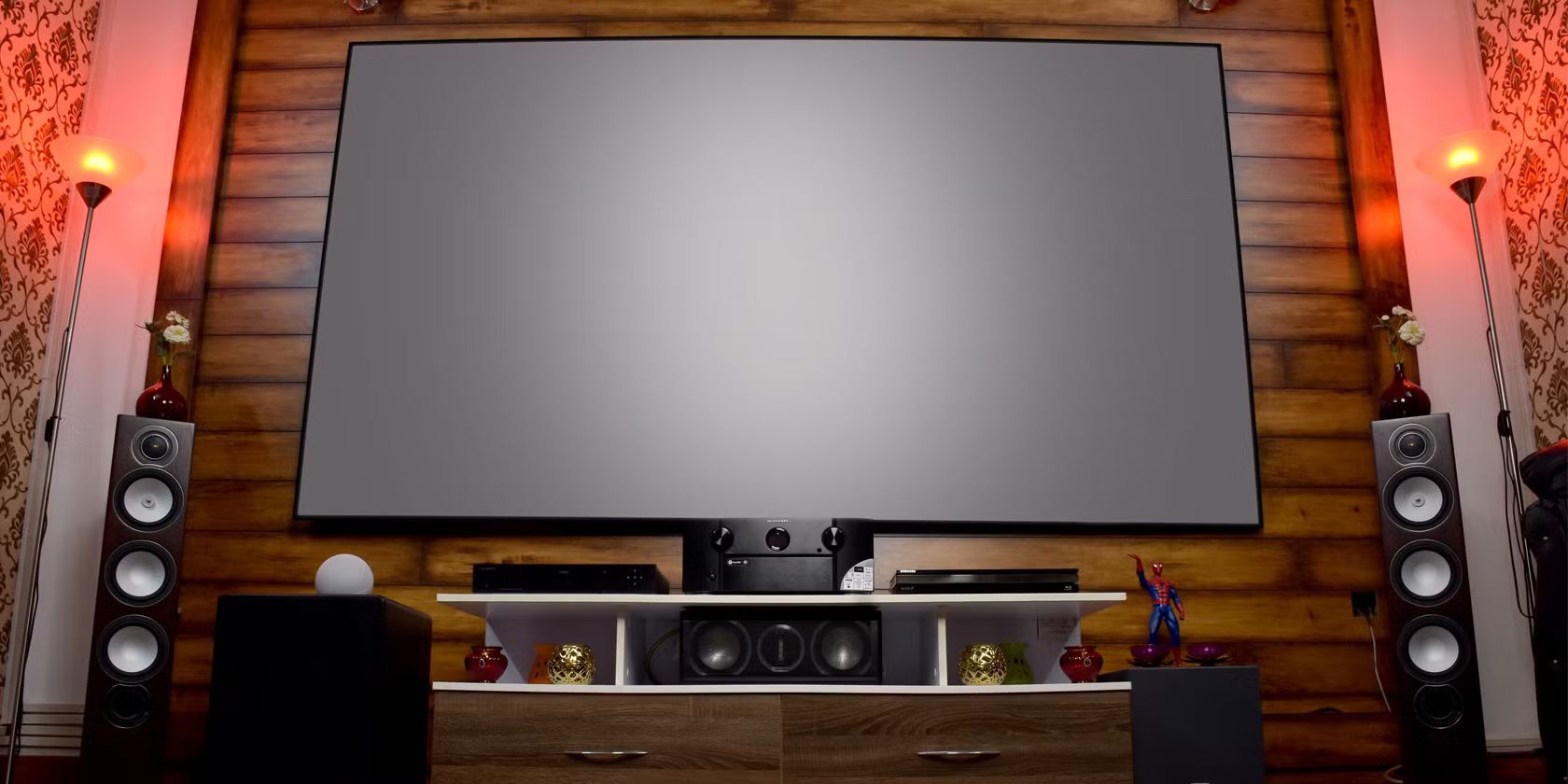Guide to Home Theatre and Projector Setups for Every Household
Home theatres and projectors have become central to modern entertainment. They allow individuals and families to recreate a cinematic experience in the comfort of their homes. The concept exists because people increasingly seek immersive, high-quality viewing options that go beyond traditional television setups.
A home theatre typically includes a combination of audio systems, projection or display equipment, and optimized room design to produce a theater-like experience. Projectors, in particular, have evolved from bulky, professional-grade devices to compact and high-resolution systems suitable for any household.
The popularity of streaming platforms, smart devices, and high-definition content has accelerated the adoption of home theatre setups across the world. Whether used for movies, sports, gaming, or family gatherings, they bring high-quality entertainment into daily life.

Importance
The relevance of home theatre and projector setups continues to grow due to several factors:
-
Personalized Entertainment: Families can customize their experience—adjusting sound, lighting, and screen size according to preference.
-
Enhanced Visual Quality: Modern projectors deliver 4K and even 8K resolution, offering exceptional clarity and color accuracy.
-
Cost and Space Efficiency: Projectors can project large screens without needing bulky displays, making them ideal for both large and small spaces.
-
Hybrid Use: Beyond entertainment, home setups are now used for work presentations, virtual meetings, and educational content.
These systems affect a wide range of people—from tech enthusiasts and families to professionals working from home. They solve the problem of accessibility to high-quality entertainment while promoting shared experiences in comfortable spaces.
Recent Updates
The home theatre and projector industry has undergone rapid innovation from 2024 to 2025, transforming user experiences through smart technology and design improvements.
-
Laser projection technology (2025): Laser projectors have become more common, offering longer lifespans and superior color accuracy compared to traditional lamp-based systems.
-
Ultra-short-throw (UST) projectors (2024): These allow projection from a short distance, ideal for smaller rooms without requiring ceiling mounts.
-
Smart integration (2025): Many systems now connect seamlessly with AI voice assistants, enabling hands-free operation and device control.
-
Acoustic optimization tools (2024): Modern home theatres use AI-based calibration for sound balance, adjusting for room size and furniture placement.
-
Energy efficiency focus (2025): Newer devices consume less power while maintaining brightness and image quality, aligning with global sustainability goals.
According to recent home technology studies, there has been a 30% increase in household projector installations worldwide, highlighting a shift toward at-home cinematic experiences.
Laws or Policies
While home theatre and projector setups are largely consumer products, they are still influenced by safety, energy, and environmental regulations.
-
Electrical and Safety Standards: Countries enforce product certification standards like CE (Europe), UL (United States), and BIS (India) to ensure safe operation.
-
Energy Efficiency Regulations: Governments encourage the use of devices that meet efficiency standards to reduce household energy consumption.
-
Noise and Sound Level Rules: In residential areas, local noise regulations may limit the permissible sound output for home audio systems to maintain community peace.
-
Environmental Disposal Laws: Regulations guide the recycling and disposal of electronic components, especially for outdated or damaged projectors and sound systems.
-
Digital Copyright and Content Policies: Users are expected to follow streaming and content-sharing laws to prevent unauthorized viewing or duplication.
These regulations ensure home theatre technologies are safe, eco-friendly, and compliant with digital usage norms.
Tools and Resources
Several tools and platforms help users plan, design, and optimize their home theatre and projector setups efficiently:
-
Room Design Software: Tools like SketchUp or Roomstyler help visualize projector placement, screen size, and speaker arrangements.
-
Audio Calibration Apps: Smartphone apps such as Audyssey MultEQ or REW (Room EQ Wizard) assist in fine-tuning sound quality.
-
Projector Throw Distance Calculators: Online tools estimate optimal placement based on room size, screen width, and projector specifications.
-
Smart Home Integration Systems: Platforms like Google Home and Amazon Alexa can synchronize lighting, audio, and projection controls.
-
Streaming and Media Management: Services like Plex, Kodi, and VLC organize and optimize multimedia content for playback.
-
Lighting Control Tools: Apps and smart bulbs (e.g., Philips Hue) enhance ambiance through dynamic lighting adjustments.
Example Table: Comparison of Projector Types and Features
| Type of Projector | Key Feature | Ideal Use Case |
|---|---|---|
| Lamp-based Projector | Affordable, replaceable lamps | General home entertainment |
| Laser Projector | High brightness, long lifespan | Dedicated home theatres |
| LED Projector | Compact, energy efficient | Portable setups or small rooms |
| Ultra-Short-Throw Projector | Projects large image from short range | Apartments and limited spaces |
FAQs
What is the ideal room size for a home theatre setup?
There’s no fixed size, but a typical home theatre room ranges from 10x12 feet to 20x25 feet. The key is to balance seating distance, screen size, and acoustic treatment.
Are projectors better than TVs for home use?
It depends on the purpose. Projectors provide a larger image and cinematic experience, while TVs offer convenience and brightness in well-lit spaces.
Can projectors work in daylight or bright rooms?
Yes, high-lumen projectors and ambient light-rejecting (ALR) screens allow clear viewing even in bright environments.
Do I need a special screen for a projector?
While projectors can work on plain walls, a dedicated projection screen improves brightness, color, and contrast significantly.
How can I improve sound quality in my home theatre?
Position speakers strategically, use soundproofing materials, and run room calibration tools to balance the audio across all listening positions.
Conclusion
Home theatre and projector setups bring cinema-quality experiences into everyday life. They combine technology, design, and comfort to create immersive environments for movies, gaming, and family entertainment.
As technology evolves, households now have access to smarter, more efficient systems with AI-based sound adjustment, ultra-short-throw projection, and sustainable designs. With careful planning, proper installation, and compliance with safety standards, anyone can enjoy a modern, high-quality entertainment experience at home.






